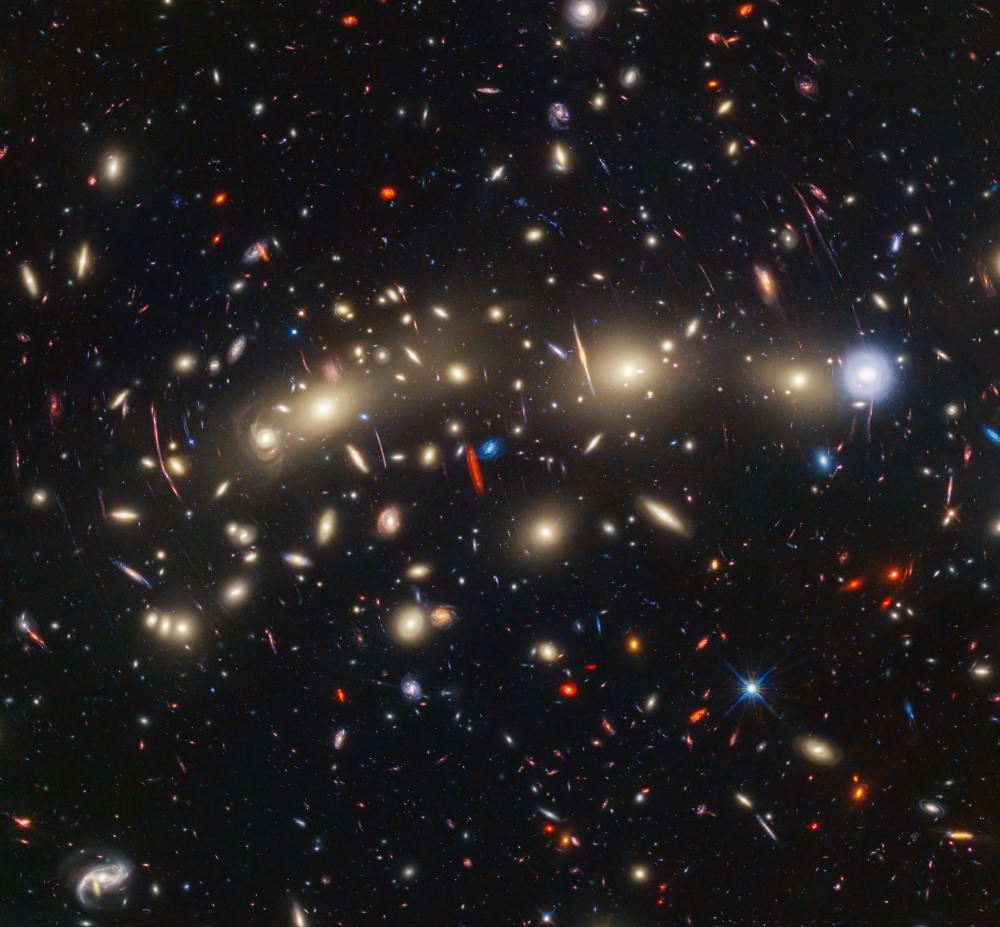
If you have ever attempted to do a clean dive into a pool and get it all wrong, the result can be a painful belly flop. But what makes it so unpleasant?
Previous work had focussed on a rigid body impacting the water, but Daniel Harris from Brown University and colleagues wanted to explore what happens if the body can deform.
They therefore carried out experiments that involved dropping a cylinder into a body of water. To simulate a change of shape, they added a soft “nose” to the cylinder, which contained several springs, acting like a car’s suspension.
Harris thought such a system would soften the impact, but when the springs were stiff, his team measured a higher impact force. That’s because the body not only feels the impact of the slam but also the vibrations of the body itself, compounding the slamming force.
“The whole back corner gets a little bit wet when I’m doing the experiments,” admits John Antolik from Brown.
Call of the crickets
Crickets use their wings to make calls or chirps to attract mates. Yet a few species, such as tree crickets, make their calls louder by carving out holes in leaves to create sound-amplifying baffles. But if this technique is so handy, why do only a few of the 6000 species of cricket use it?
Researchers from Western Univeristy in Canada took data from over a hundred species and used computer models to simulate the singing. Finding that all species could benefit from baffles, they went back to their computer models to make them more realistic.
Turns out that the ground or other flat surface could increase the volume and reach of the calls 10-fold. The team thinks that other animals and insects can boost their communication by using the ground in this way.
“The physics says what we discovered about crickets should hold true for all animals,” adds Erin Brandt, who now works at the University of Chicago. “This study has the potential to make us rework textbooks about animal communication.”
And finally, not to be outdone by this week’s spectacular images from the €1.4bn Euclid craft, NASA and partners have released a new image (see image above) of the galaxy cluster MACS0416, which lies some 4.3 billion light-years away from Earth. The image combines visible and infrared light taken by Hubble and the James Webb Space Telescope.
